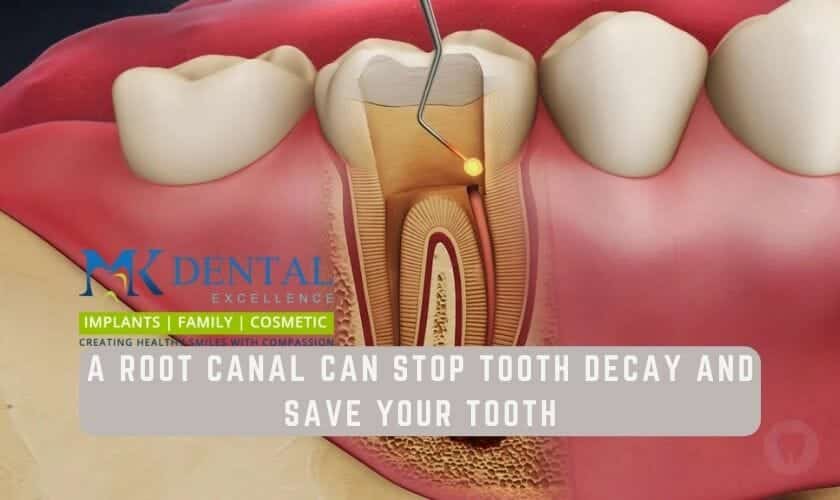
Are you among the many who have heard horror stories about root canals and are terrified of getting one? Well, fear not! This blog post will debunk all the myths surrounding this standard dental procedure and reveal its truth. From how it works to what you can expect during and after treatment, we’ll cover everything you need to know about this procedure so you can confidently approach your next dentist appointment.
The History of Root Canal
The history of this procedure dates back to ancient civilizations. The Greeks and Romans used cauterization techniques to treat tooth decay. In the 1800s, root canal surgery was first performed on humans. However, in the early 20th century, it became commonly available and was widely used by dentists.
Today, this procedure is one of the most common dental procedures in the United States. It is estimated that over half a million root canals are performed each year. Most root canals are done on adults, although they are also increasingly done on children.
There are a few reasons that root canals are so famous. First, they are relatively simple surgeries and can be completed quickly. Second, they effectively treat tooth decay and restore dental hygiene. Third, root canals are very safe procedures – even for patients with other medical conditions – and rarely any severe complication is associated with them.
Types of Root Canal
There are various procedures, each with benefits and risks. Here’s a look at the three most primary types:
1. Endodontic root canal: This is the most common type of procedure, and it entails removing the infected tooth and cleaning out the underlying pulp and roots with an antibiotic solution. The endodontist then seals the opening in the tooth with a filling or a crown.
2. Periapical root canal: In this procedure, which is usually reserved for more severe cases of infection, the endodontist removes as much of the diseased tooth as possible before inserting a fine-toothed instrument through the gum into the infected area to remove any surrounding tissue. Then they use an antibiotic solution to clean out all the debris and kill any remaining bacteria. Finally, they install a filling or a crown.
3. Prosthetic root canal: This is similar to an endodontic root canal, except that instead of installing a filling or crown, the prosthetist creates a custom-made appliance to replace or support the lost tooth structure.
What Happens During this Procedure?
During this procedure, the dentist uses various techniques to remove the decay or infection from the tooth’s root. The primary way to do this is by using a drill and soapy water.
The pain linked with a root canal is usually mild and short-lived, although it may initially feel more intense. Depending on the severity of the infection, your dentist may give you antibiotics before or after the procedure. Most people have no problems returning to regular activities following a root canal.
Pros and Cons of Having this Procedure
There are multiple pros and cons to having a root canal procedure, but the bottom line is that it is a necessary dental treatment that can help restore tooth health. Below are the specific pros and cons of undergoing this treatment:
PRO: It can relieve pain and discomfort from a toothache.
CON: It can be risky if done incorrectly and may require general anesthesia or local anesthetic. If you are considering having a root canal, you must speak with your dentist about your options and risks.
PRO: It can improve the health and function of teeth that need repair or restoration.
CON: It may not be able to fix all problems with teeth, so you may still need additional dental work down the road.
FAQs about Root Canal
1. Is this procedure painful?
While the idea of a root canal may seem daunting, modern techniques and anesthesia have made this procedure much less painful than in the past. As a result, patients typically experience only mild discomfort during and after the operation.
2. How long does it take?
The length of the process will depend on your specific case, but most can be completed in one or two appointments with your dentist.
3. What happens during a root canal?
During a root canal, your dentist will remove infected or damaged tissue from inside your tooth’s roots and clean out any bacteria that may be present. Afterward, they’ll fill the area with material to prevent further infection.
4. Can I drive home after my appointment?
Most patients can drive home after their appointment if they haven’t been given sedation medication.
5. Will I need to change my diet after a root canal?
No significant dietary changes are necessary following a root canal; however, it’s important to continue practicing good oral hygiene habits at home to keep your teeth restorative and healthy for years to come!





